Summary | Excerpt | Reviews | Beyond the book | Read-Alikes | Genres & Themes | Author Bio
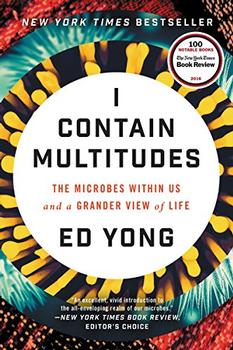
Critics' Opinion:
Readers' Opinion:
First Published:
Aug 2016, 368 pages
Paperback:
Jan 2018, 256 pages
 Book Reviewed by:
Book Reviewed by:
James Broderick
Buy This Book
If a stranger were to accost you on the street and tell you that, from birth, you have never been alone – and that, even at this moment, there are untold millions who are swarming about you, unseen but guiding your life, you'd probably think that person was a nut. And he might well be. Or it might just be science writer Ed Yong, who clearly looks at the world differently than most people:
I see the city's microbial underbelly – the rich seam of life that coats it, and moves through it on gusts of wind and currents of water and mobile bags of flesh. I see friends shaking hands, saying 'how do you do,' and exchanging living organisms. I see people walking down the street, ejecting clouds of themselves in their wake.
I'm lucky if I can just keep from bumping into people at the mall. Which in some ways makes me – and I suppose, most of us non-scientific types – the perfect audience for I Contain Multitudes, Yong's encomium to bacterium. Yong brings to his celebration of these single-celled organisms the two qualities you want in any science writer: enthusiasm for his subject, and a metaphorical mind. Yong's zeal for his subject matter is, if you'll pardon me, infectious; and his gift for metaphor and analogy helps make palpable the mind-bending scope of the subject matter ("there are more bacteria in your gut than there are stars in our galaxy.")
An award-winning science writer for The Atlantic, Yong not only knows the subject matter but also seems to genuinely love it. He even has a favorite microbe, called Wolbachia, "breathtaking in its behavior and majestic in its appeal." Readers might not emerge from Yong's narrative tour of microbial history with a personal favorite, but they likely will be impressed with the staying power of this unseen armada of organisms. As the book makes clear, long before humans inhabited the planet – in fact, pretty much from the beginning – microbes of all sorts were the only life form, dominating the earth for billions of years: "All the visible organisms that we're familiar with, everything that springs to mind when we think of 'nature', are late-comers to life's story. They are part of the coda. For most of the tale, microbes were the only living things on Earth…they had sole run of the planet."
Most of the book involves Yong's relating in highly readable prose the journey of discovery and classification of microbes that began with the seventeenth century Dutchman Antoni van Leeuwenhoek, an early developer of magnifying lenses (see 'Beyond the Book'), to scientists today doing gene splicing of microbes found in places ranging from vents at the bottom of the sea, buried in Antarctic ice, the digestive tract of ants, to the doorknobs of well-heeled suburbanites. Not only does Yong want us to be aware of the microbial world, he wants us to stop bashing it. Microbes are our friend, he asserts – a counter to the germophobe position that has so many people reaching for hand sanitizer and anti-bacterial soap after every unprotected encounter: "The traditional view of the immune system is full of military metaphors and antagonistic lingo. We see it as a defense force that discriminates self (our own cells) from non-self (microbes and everything else), and eradicates the latter. But now we see that microbes craft and tune our immune system in the first place!"
I Contain Multitudes makes microbes as interesting as one could hope for, but for many readers, I suspect there might simply be a limit to their depth of fascination with this tiny, teeming legion of life. The book has no real plot, but rather consists of discussion about hundreds of experiments in labs across the world, aimed at isolating, identifying, and understanding the role of these innumerable invaders. The characters Yong has found who spend their lives peering through microscopes or monitoring petri dishes are as colorful and diverse as the life they are chronicling, but there's a sort of sameness that creeps into the narrative. To be wildly (and perhaps unfairly) reductive, when you've seen one microbe, you've seen them all. (Or, more properly for the lay person, when you've not seen one microbe, you've not seen them all.)
Still, many will be at least a little bit inclined, after reading this work, to affirm the book's subtitle promise of a "grander view of life." Yong promises early in the book that "Once we understand how similar we are, and how deeply the ties between animals and microbes extend, our view of the world will become immeasurably enriched." Perhaps so, but I have enough trouble getting past the idea that every sentence of this review I write puts my fingers in contact with millions of microbes hiding on my keyboard. I'll think more about enrichment after I get done washing my hands.
![]() This review was originally published in The BookBrowse Review in September 2016, and has been updated for the
January 2018 edition.
Click here to go to this issue.
This review was originally published in The BookBrowse Review in September 2016, and has been updated for the
January 2018 edition.
Click here to go to this issue.

If you liked I Contain Multitudes, try these:
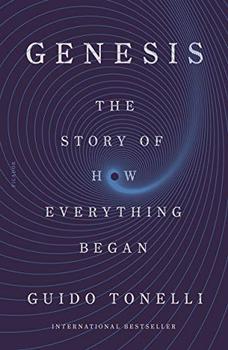
by Guido Tonelli
Published 2022
A breakout bestseller in Italy, now available for American readers for the first time, Genesis: The Story of How Everything Began is a short, humanistic tour of the origins of the universe, earth, and life - drawing on the latest discoveries in physics to explain the seven most significant moments in the creation of the cosmos.
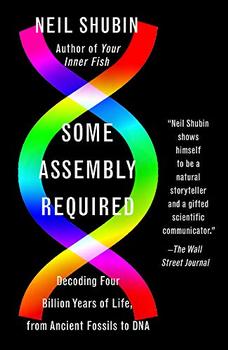
by Neil Shubin
Published 2021
The author of the best-selling Your Inner Fish gives us a lively and accessible account of the great transformations in the history of life on Earth--a new view of the evolution of human and animal life that explains how the incredible diversity of life on our planet came to be.
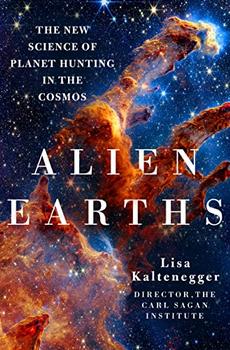


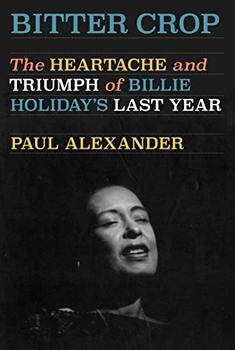

The Flower Sisters
by Michelle Collins Anderson
From the new Fannie Flagg of the Ozarks, a richly-woven story of family, forgiveness, and reinvention.

The House on Biscayne Bay
by Chanel Cleeton
As death stalks a gothic mansion in Miami, the lives of two women intertwine as the past and present collide.

The Funeral Cryer by Wenyan Lu
Debut novelist Wenyan Lu brings us this witty yet profound story about one woman's midlife reawakening in contemporary rural China.
Your guide toexceptional books
BookBrowse seeks out and recommends the best in contemporary fiction and nonfiction—books that not only engage and entertain but also deepen our understanding of ourselves and the world around us.